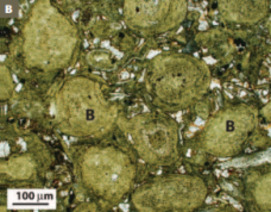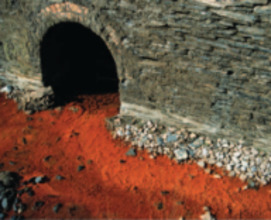Iron Minerals in Marine Sediments Record Chemical Environments
Post-depositional chemical reactions involving iron are important in shallow-marine sediments. They play a significant role in governing the types of minerals that precipitate in such settings. The level of iron supply to marine sediments creates contrasting chemical pathways, each producing distinctive mineral assemblages. An understanding of these processes not only offers insights into past sedimentary environments on Earth but also a greater appreciation of the nature of mineral–water–bacteria interactions throughout the shallow-marine realm.
Iron Minerals in Marine Sediments Record Chemical Environments Read More »



